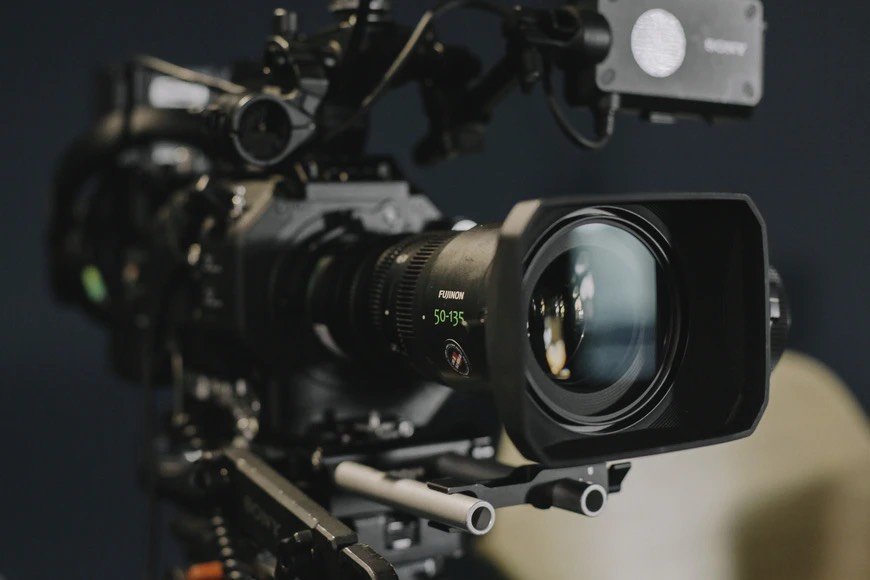Colour grading is a vital and exciting phase of the post-production edit process.
Most raw footage makes its way into post-production after being shot with what’s called a ‘colour profile’. This is a set of parameters built into the way the camera is recording an image to inform it how it should record light and colour tone.
A colour profile could be a vibrant and general tone to allow the content creator minimal colour grading effort during post-production. However, most video productions that are looking for that cinematic image quality will be shooting their footage in a flat colour profile (sometimes called LOG), and whilst looking fairly saturated and undynamic whilst filming, this actually allows the camera operator to expose the image to a much more dynamic range of detail, meaning highlights won’t be blown out, and detail is retained within shadows. This is a crucial part in having all of the available colour information within an image to create a cinematic and aesthetic image.
The main goals of colour grading are to first balance the colour temperature of an image. This could be because a shot was filmed with the wrong white balance or the wrong light temperature (white balance is the element within the camera settings that tells the camera what white is in a variety of environments, be it interior tungsten lights, exterior daylight or cloudy shade etc, all of which has different temperatures measured in degrees kelvin), or it could be linked to the other main goal; to achieve a certain feel or tone as a part of an aesthetic look, warmth, cold etc. This is a crucial tool that filmmakers use to convey feeling and to ultimately, tell a story.
The next phase of colour grading is the really exciting part of the process, this is when the colourist or editor can adjust the image to convey the tone, feel or atmosphere.
Good examples of stylised grades would be; the earthy green organic tones of the recent David Lowery film, ‘The Green Knight’, these convey a strangely unsettling and mysterious landscape.
The bleak desaturated lack of colour with the grade of ‘Saving Private Ryan’ to convey the desolate strife of war-torn Europe.
To the vibrant and surreal warmth of ‘Life of Pi’ to the strangely dark and paradoxically unnaturally deep organic reds and oranges of ‘Amélie’, which convey an almost pseudo-historical feel purely through the colour.
On the opposite end of the colour spectrum Ridley Scott’s The Terror series, has an icy blue grade to convey the freezing arctic juxtaposed with the warm wooden interiors of the ship in the series.
Colour grading is a vital part of the filmmaking process, whether you’re shooting a Hollywood blockbuster or a 30 second social media short to tell the story of your business. It should always be considered as an important part of the process, which takes great skill to execute well. An aesthetically pleasing image will work wonders for the story that you’re trying to tell, or sell!

